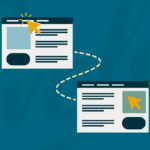Embarking on a new website project is exciting, but deciphering the complexities of a website design proposal can be intimidating. Proposals should provide a detailed overview of the services, the timeframe for completion, and the cost involved.
When evaluating a website proposal, knowing what you’re looking at is essential to ensure the proposed solution meets your needs, aligns with your goals, and fits within your budget and timeline. The steps below show you how to evaluate a website design proposal before signing off on a project.
Understand Your Needs and Goals
Before evaluating any proposals, clearly define your website’s purpose, target audience, functionality requirements, and design preferences. Identify your primary goals, such as increasing online sales, improving brand awareness, or enhancing user experience.
What info should be on a website design proposal? Carefully read the proposal to understand the scope of work, deliverables, timeline, and pricing. Pay attention to the following key components:
- Scope of Work: Ensure that the proposal addresses all aspects of website design and development, including design concepts, content creation, development, testing, and deployment.
- Deliverables: Look for a detailed list of deliverables, such as wireframes, mockups, prototypes, final design files, documentation, and training materials.
- Timeline: Assess the proposed timeline for each phase of the website design, including design, development, revisions, testing, and launch.
- Cost Breakdown: Review the pricing structure to understand how the costs are calculated and what is included in the quoted price. Look for transparency and clarity regarding any additional fees or expenses.
Evaluate Design Quality and Creativity
Assess the quality and creativity of the proposed design concepts, layouts, color schemes, typography, and imagery. Determine if the design aligns with your brand identity, target audience preferences, and industry standards.
Check Technical Expertise and Experience
Evaluate the technical expertise and experience of the design team or agency presenting the proposal. Do they have the capacity and expertise to do the job you’re asking them to do?
Assess Portfolio and Client References
This is a big one! Have you seen any of the design teams’ previous work, or is it hard to find? Do they have reviews readily available, or are they scarce? Reviewing the portfolio of past projects to assess the quality, diversity, and relevance of the design work is critical. Don’t hesitate to request client references or testimonials to gain insights into the design team’s communication, reliability, and client satisfaction levels.
Consider User Experience (UX) and Accessibility
Assess how the proposed design prioritizes user experience and accessibility for all users, including those with disabilities. Look for features such as straightforward navigation, intuitive layout, mobile responsiveness, and compliance with accessibility standards (e.g., WCAG).
Evaluate Communication and Collaboration
Consider the design team’s communication style, responsiveness, and willingness to collaborate throughout the project. Look for clear communication channels, regular progress updates, and opportunities for feedback and revisions.
Review Terms and Conditions
Pay close attention to the terms and conditions outlined in the website redesign proposal, including intellectual property rights, project ownership, confidentiality agreements, dispute resolution mechanisms, and cancellation policies.
Seek Clarity on Support and Maintenance
Inquire about the level of support and maintenance offered after the website launch. Clarify the process for handling updates, upgrades, bug fixes, security patches, and ongoing technical support.
Request a Consultation or Clarification
If you have questions, concerns, or specific requirements not addressed in the website design or redesign proposal, request a consultation or clarification from the design team or agency. Use this opportunity to discuss your expectations, priorities, and any customizations or modifications you’d like to incorporate into the project.
We hope this info has been helpful (and not overwhelming) in evaluating your website design proposal, so you can make informed decisions in selecting a design partner that best meets your needs and objectives.
If you are on the fence or need more help, we work with businesses like yours that are looking for guidance on their website. Our team guides you through an in-depth process to provide comprehensive website recommendations. We are considerate of your business concerns and collaborate to create a business-specific strategy following the best practices for website design and development.
To learn more, get in touch with our team! We look forward to hearing from you.









